Women
The role and input of women is undeniably central to human existence and to the story of human society. They are generally 50% of the population but rarely the centre of a story; women have often been pushed to the side lines for historical content. The role of women through history and the pressures and behaviours that have pushed their input aside are all explored within this theme. Powerful, influential and significant female characters are explored in detail across the time periods, including queens, and campaigners, while the stories of ordinary women are also explored through themes such as social change, war and religion.
Sort by:
Date (Newest first) | Title A-Z
Show:
All |
Articles |
Podcasts |
Multipage Articles
-
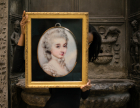
Recorded Webinar: Female slave-ownership in 18th and 19 century Britain
ArticleClick to view -
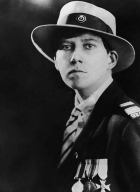
Rotha Lintorn-Orman: the making of a fascist leader
ArticleClick to view -

Spinning with the Brain: Women's Writing in Seventeenth Century England
ArticleClick to view -

Taj ul-Alam Safiatuddin Syah: a trailblazing Islamic queen
ArticleClick to view -
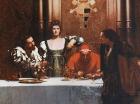
The Borgia: from fact to fiction
ArticleClick to view -
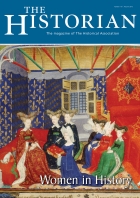
The Historian 119: Women in History
ArticleClick to view -
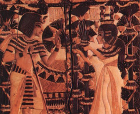
The many queens of Ancient Egypt
ArticleClick to view -

The right to fight: women’s boxing in Britain
ArticleClick to view -

Tudor queens: power, identity and gender
ArticleClick to view -

Vera Ignatievna Giedroyc: her missions of mercy, 1899–1932
ArticleClick to view -
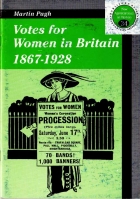
Votes for Women in Britain 1867-1928
ArticleClick to view -
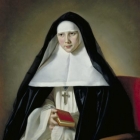
Who were the Nuns? English Convents in Exile 1600-1800
ArticleClick to view -

Women and the French Revolution: the start of the modern feminist movement
ArticleClick to view -
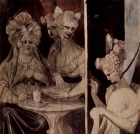
Women and the Politics of the Parish in England
ArticleClick to view -
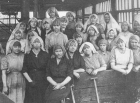
Women in British Coal Mining
ArticleClick to view -
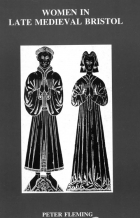
Women in Late Medieval Bristol
ArticleClick to view -
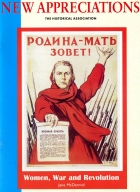
Women, War and Revolution
ArticleClick to view -
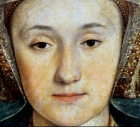
Women, education and literacy in Tudor and Stuart England
ArticleClick to view -

Women’s friendship in late eighteenth-century America and its relevance to lockdown
ArticleClick to view -
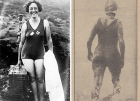
Writing Lilian Harrison into history
ArticleClick to view

